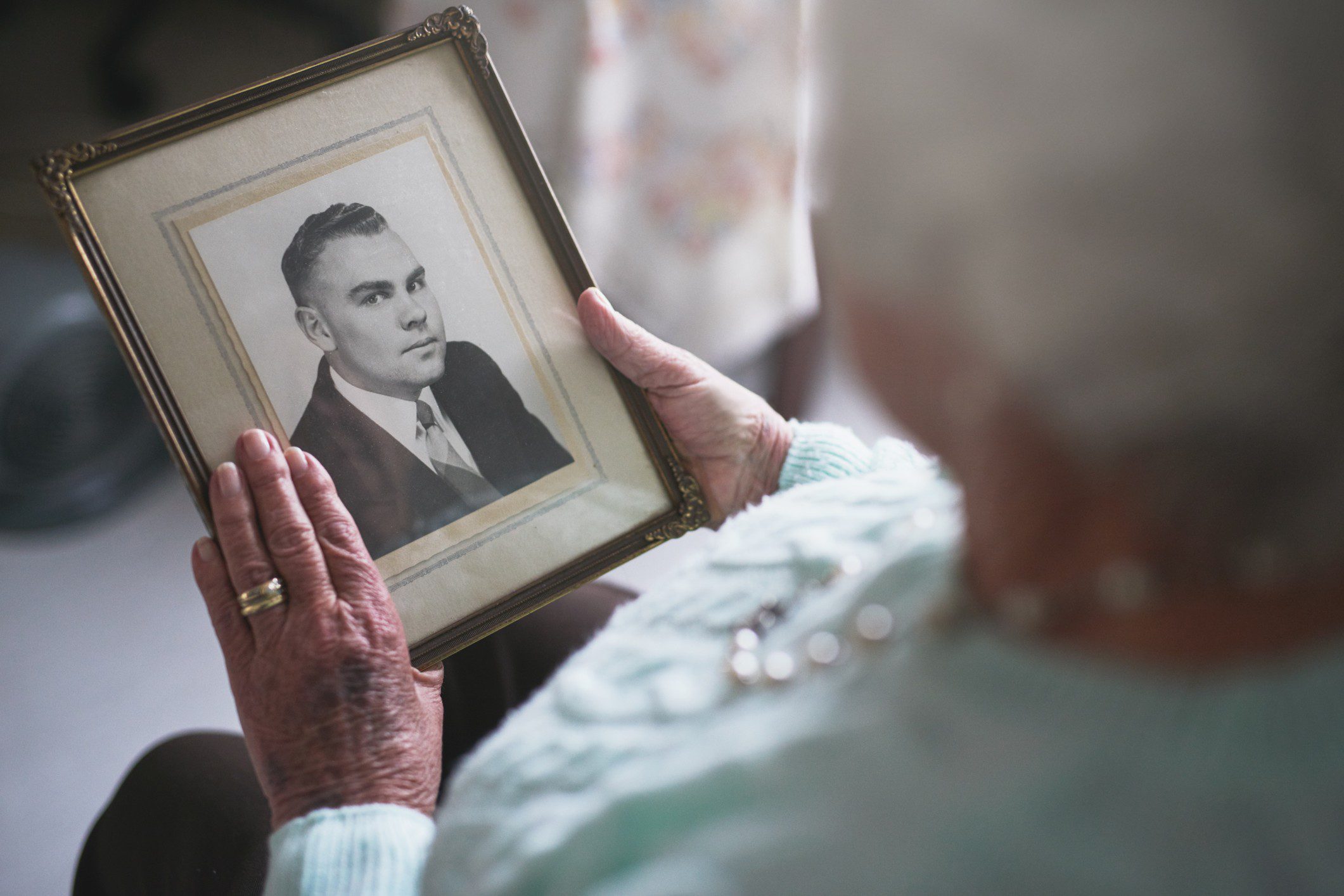
Aged care workers may be more reluctant to start end of life conversations with residents and their families because they lack the training and prognosis tools to identify residents close to dying, said ageing experts.
At a webinar designed for aged care workers to help them identify a resident’s risk of dying and initiate end of life conversations, experts outlined the ongoing “culture of curing” in the sector and how care staff are uncomfortable and lack confidence in discussing death with resident’s and their families.
The webinar, presented in collaboration between Melbourne Academic Centre for Health (MACH) and the Melbourne Ageing Research Collaboration (MARC), explored research done by panellists which highlighted the need to train staff in end of life care.
End of life researcher from MARC, Dr Katrin Gerber, said newer clinicians and workers are often “overly optimistic” when it comes to predicting how long a person has to live.
“I think that when you’re hesitant about talking about dying with a patient, you [should] ask yourself, what do you think is worse for a patient and their family? Telling them that they might be at risk of dying and they don’t, or not telling them and then they do?”
Dr Gerber, in collaboration with Dr Paul Yates, Geriatrician and Deputy Director of Aged Care Research for the Residential InReach Program and Professor Barbara Hayes, Clinical Lead for Advance Care Planning at Northern Health, worked on a research piece, ‘The ostrich approach – Prognostic avoidance, strategies and barriers to assessing older hospital patients’ risk of dying’, investigating these very issues around discussing death.
Dr Gerber explained that having to answer the question ‘how long do I have to live?’ from patients is a difficult thing to discuss, but should not be avoided by care staff.
She said that having a resident find out they are at risk of dying too late can cause more destruction than if it had been discussed and picked up on earlier, especially for allowing families time to prepare and make end of life arrangements.
It is not uncommon for aged care staff to use “subjective measures” to gauge how long a patient has to live, like gut feelings and intuition.
Having access to prognosis tools can help quantify and validate those feelings for aged care workers, said Dr Yates.
He added it is important to use the right prognosis tools to establish someone’s life expectancy as accurately as possible.
Specifically talking about the Palliative Prognostic Index (PPI) tool, which is a survey-style assessment to rate a person’s condition, Dr Yates highlighted that this tool was efficient at showing how a resident is going and how long they may have to live.
Dr Yates said a project by MARC, ‘Recognising Patients at Risk of Dying’, found participating staff felt more confident in identifying a person close to death and were better supported to initiate difficult conversations around dying after being provided with these tools and proper training to use them.
Assessment categories in the PPI tool includes:
Carers then tally up what is applicable and be offered an estimated life expectancy.
Some prognosis tools can differ, measuring different time frames and asking different medical questions, so aged care workers should utilise the website, ePrognosis, to help find the most appropriate prognostic tool for a specific resident.
Dr Yates said, “These tools can’t replace our clinical experience, but they can be a way to open up discussions between clinicians and help us to form conversations with our patients and their families to inform future planning and decision-making about goals and treatment preferences.”
Even though care workers may not have complete prognosis certainty with a resident, Professor Barbara Hayes, Clinical Lead for Advance Care Planning at Northern Health, said it was no excuse for not starting end of life conversations.
She added the deterioration of a resident is not always impacted by medical treatment and many factors can impact the trajectory of a resident’s condition and survival rate.
“There will always be some uncertainty about prognosis… If we are too precise, we can get into a bit of a mess,” Professor Hayes explained.
When having end of life conversations, Professor Hayes believes it is important to listen to residents and their families properly to find out how they have been coping and what their fears are, to help piece together the patient’s story.
“I like to get the story of the illness and ask what the patient could do 12 months ago. What about six months ago? Six weeks ago?,” Professor Hayes explained.
“Often, you’ll start to get a clear picture of how quickly things are changing.
“Having first listened, you will then know what needs to be discussed and how to discuss it.”
For more information about end of life care, visit the MARC or National Ageing Research Institute website.
Carers don’t have these conversations or at least they shouldn’t. This is a role that the senior RN, doctor and palliative care team undertake.
How many times have we read about someone being given six months to live and still going strong ten years down the road.
Stories like this one is deliberately designed to make families anxious, the same rubbish stories about antipsychotic drugs did the same. There was a picture painted by the media that antipsychotics were stored in a great big bowl and anyone could dip in and drug up..
Doctors and specialists deal with the communication around palliative care, they manage pain etc and comfort family during this process. The on floor carers carry out a lot of the general tasks but under close supervision.
Once the palliative care process is activated it is closely monitored by qualified staff to achieve a peaceful and painless departure.